Where do Chinse characters come from? || ¿De dónde vienen los caracteres chinos?
Brief History of Chinese Characters | Breve reseña histórica de los caracteres chinos
According to historical sources1, the origin of Chinese characters are trygrams symbols used for divination and invented by the Chinese Emperor Fu Xi (Chinese: 伏羲) around the 29th century BCE.
Según fuentes históricas1, el origen de los caracteres chinos se encuentra en los símbolos usados para las artes místicas e inventado por el Emperador Fu Xi (Nombre en chino: 伏羲) alrededor del siglo 29 AC.
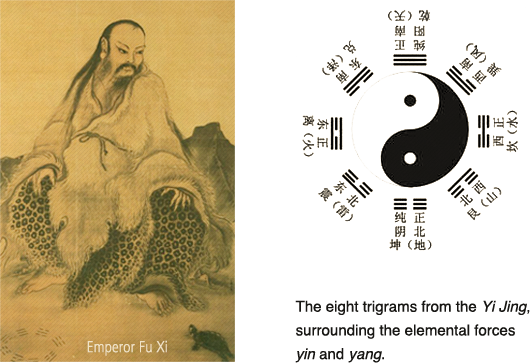
The eight Trigrams from the Yi Jing surrounding the elemental forces of the yin and yang. Source | Los ocho trigramas de Yi Jind rodeando las fuerzas elementales del yin y el yang. Fuente
Later, an interesting method of communication developed during the Emperor Shennong Era (Chinese: 神农). The system consisted of tying knots at some point in a rope to communicate several things. For example, if you were going to travel and you expected to come back in three days you could tye three knots on one rope to represent the trip duration.
As expected, this system didn't last long since it constrained too much the ability to communicate complex information.
Luego, un método muy peculiar de comunicación fué desarrollado durante la era del Emperador Shennong (Nombre chino: 神农). Este consistía en atar nudos en algún punto de una cuerda para comunicar diversas cosas. Por ejemplo, si salías durante tres días, entonces atabas tres nudos en la cuerda para comunicar la cuanto es la duración del viaje.
Lógicamente, este sistema no duró debido a que limitaba la capacidad de comunicar información más compleja.
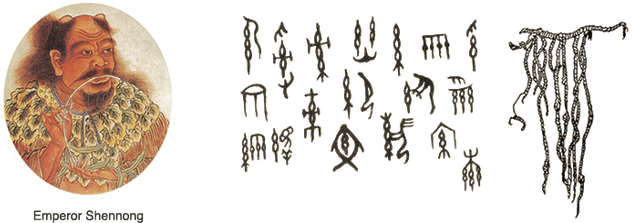
Emperor Shennong and the knot-tying system. Source | El Emperador Shennong y el sistema de comunicación a través de los nudos. Fuente
Then, on the 27th century a Scribe for the Yellow Emperor (Huangdi) called Cang Jie (Chinese: 倉頡) observed that birds and other anymals footprints were prefectly distinguishable. Inspired with this he started to create the characters from shaped that resembled animal footprints .
Más adelante, en el siglo 27 AC un escribano del Emperador Huangdi llamado Cang Jie (Chinese: 倉頡) se percató que las hueyas de las aves y otros animales se podían distinguir perfectamente entre sí. Inspirado en este hecho el escriba empezó la creación de los caracteres.
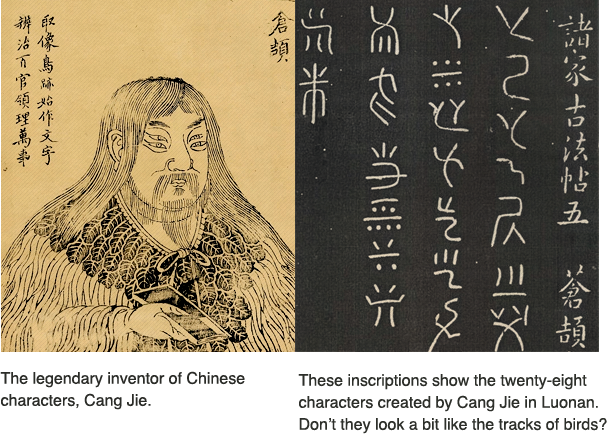
Source | Fuente
Evolution of Chinese characters | Evolución de los caracteres chinos
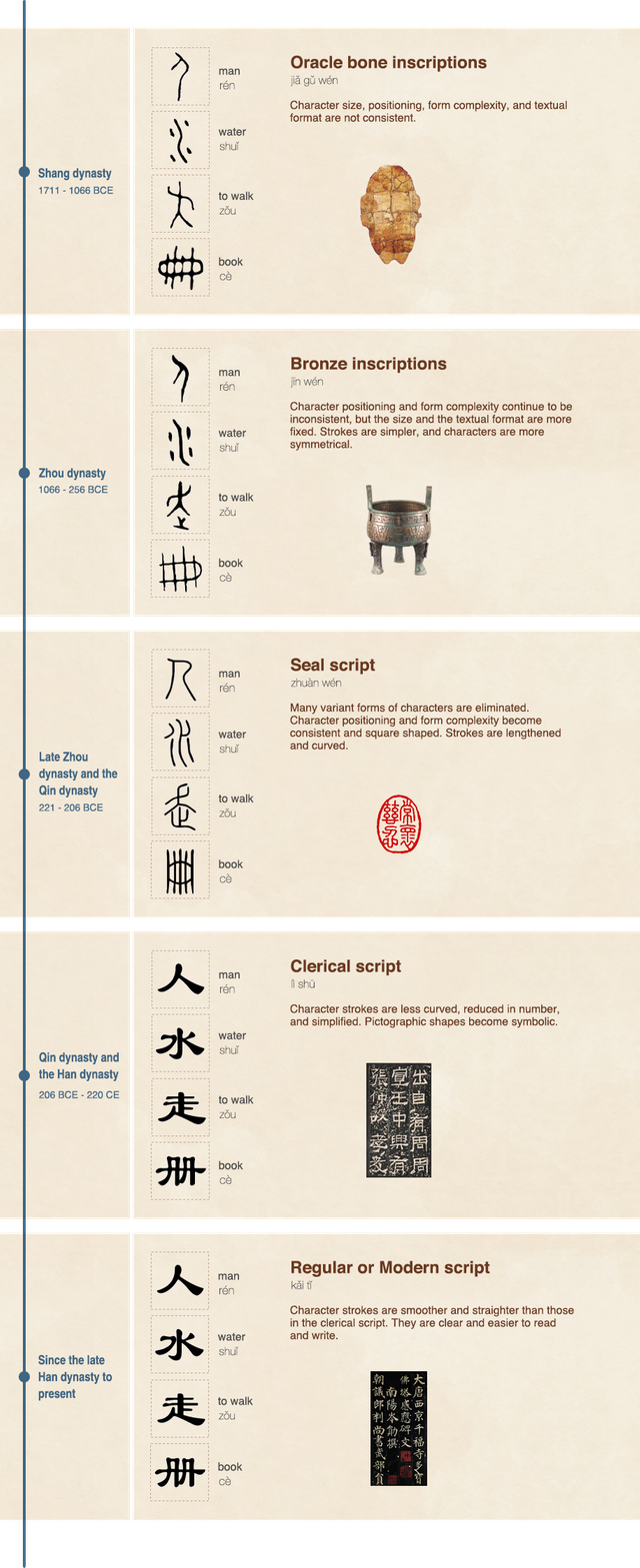
Source | Fuente

Types of Chinese characters | Tipos de caracteres chinos
Pictographs (象形 xiàng xíng)
Pictographs are the more old type of Chinese characters, they were representations of animals, tools, and other common natural phenomena.
Pictogramas (象形 xiàng xíng)
Los pictogramas son el tipo de caractares más antiguo que existe, eran representaciones de animales, objetos y fenómenos narutales cotidianos.
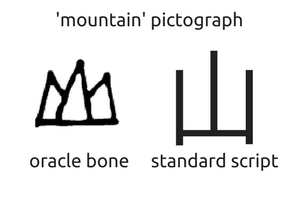 |
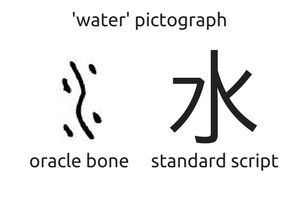 |
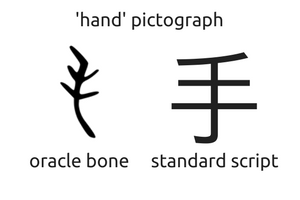 |
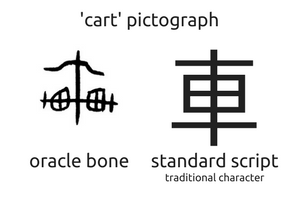 |
Ideographs (指事 zhǐ shì)
Ideographs were an evolution that allowed to express abstract ideas, these ideas were shown with metaphorical or symbolic pictographs.
Ideogramas (指事 zhǐ shì)
Los ideogramas fueron una evolución que permitió expresar ideas abstractas, estas ideas eran mostradas a través de pictogramas metafóricos o simbólicos.
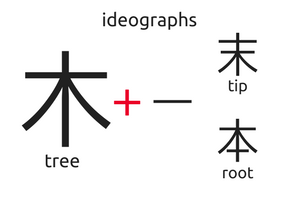 |
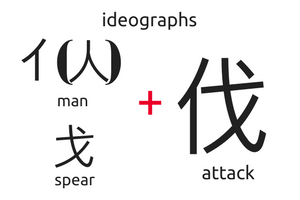 |
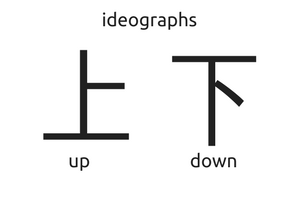 |
Determinative-Phonetic Characters (形声 xíng shēng)
Further development allowed Chinese scholars to create characters that combined the pictogram with phonetics. At this stage Chinese script's development was almost complety since many thousands of characters were created.
Caracteres determinados fonéticamente (形声 xíng shēng)
Un desarrollo superior permitió a los escolares chinos crear caracteres que combinaban pictogramas y fonética. En este estadio el desarrollo del sistema de escritura chino estaba casi completo ya que miles de caracteres fueron creados.
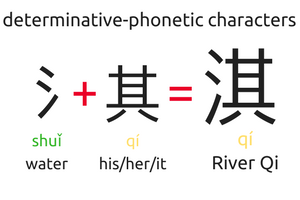 |
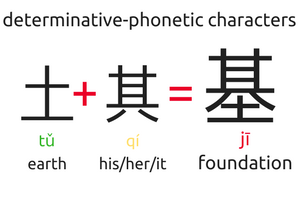 |
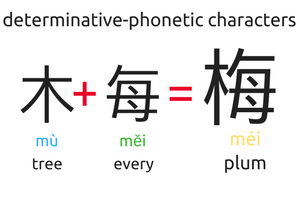 |
Combined Ideographs (会意 huì yì)
Combined Ideographs are the sum of two ideographs to form a new character.
Combinación de ideogramas (会意 huì yì)
Consiste en la adición de ideogramas para formar nuevos caracteres.
 |
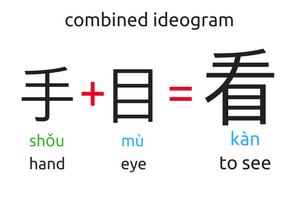 |
 |
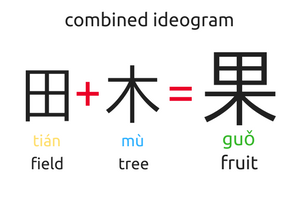 |
Transfer Characters (转注 zhuǎn zhù)
Transfers characters are a modernization of Chinese linguistics on the early years of the 20th century where new characters were created to address some common words and to address new concepts introduced from other cultures. Sometimes the modern character is interchangeable with its ancient form due to they hold the same meaning and have a similar etymology.
Caracteres mutuamente explicativos (转注 zhuǎn zhù)
Son una modernización que experimentó la linguística china a principios del siglo XX en la que nuevos caracteres se crearon para designar palabras comunes y conceptos nuevos introducidos desde otras culturas. A veces, la forma moderna del caracter es intercambiable con la antigua ya que ambos caracteres tienen el mismo significado y una etimología similar.
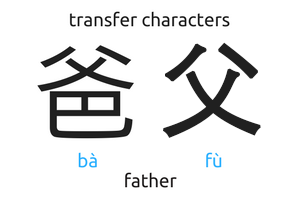
Image source
Loan Characters (假借 jiǎ jiè)
The final class of characters are those that were borrowed to represent an homophonous word (those with similar sounds but with different meanings). For instance, the character for cereal 莱 (lái) was borrowed to addres the abstract idea "to come" 来 (lái).
Caracteres prestados (假借 jiǎ jiè)
Finalmente, los caracteres prestados son aquellos que son "prestados" para servir como representación para palabras homófonas (sonido similar y significado distinto). Por ejemplo, el caracter de cereal 莱 (lái) fue tomado prestado para la idea abstracta "venir" 来 (lái).
I hope that all this information would suffice as an introduction for us to start this journey to master Chinese script writing and reading. I hope that now we have a better comprehension of what Chinese script is :smile:
Espero que esta información pueda servir como introducción para iniciar el desafío de dominar la escritura y lectura de los caracteres chinos. También espero que se comprenda mejor que son los caracteres :smile:

Previous activities| Actividades previas

Fuente
First week: 1, 2, 3, 4, 5, 6 |
Second week: 7, 8, 9, 10, 11 |
Third week: 12, 13, 14, 15, 16 |
Fourth week: 17, 18, 19, 20 |
Fifth week: 21, 22, 23, 24, 25 |
Sixth week: 26, 27, 28, 29, 30, 31, 32 |
Seventh week: 33, 34, 35, 36 |

Consider to vote @jepu as a Witness | Considera votar a @jepu como testigo

Greetings
☯ ☯ ☯ ☯ ☯ ☯ ☯ ☯ ☯

Thank you so much for using our service! You were protected from massive loss up to 20%
You just received 13.33% upvote from @onlyprofitbot courtesy of @joelsegovia!
More portion of profit will be given to delegators, as the SP pool grows!
Comment below or any post with "@opb !delegate [DelegationAmount]" to find out about current APR, estimated daily earnings in SBD/STEEM
You can now also make bids by commenting "@opb !vote post [BidAmount] [SBD|STEEM]" on any post without the hassle of pasting url to memo!
* Please note you do not have to key in [] for the command to work, APR can be affected by STEEM pricesAwesome one
Posted using Partiko Android
You just received a 9.09% upvote from @honestbot, courtesy of @joelsegovia!
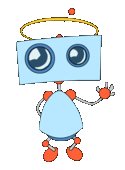
You have been defended with a 10.00% upvote!
I was summoned by @joelsegovia.
Hi, @joelsegovia!
You just got a 1% upvote from SteemPlus!
To get higher upvotes, earn more SteemPlus Points (SPP). On your Steemit wallet, check your SPP balance and click on "How to earn SPP?" to find out all the ways to earn.
If you're not using SteemPlus yet, please check our last posts in here to see the many ways in which SteemPlus can improve your Steem experience on Steemit and Busy.